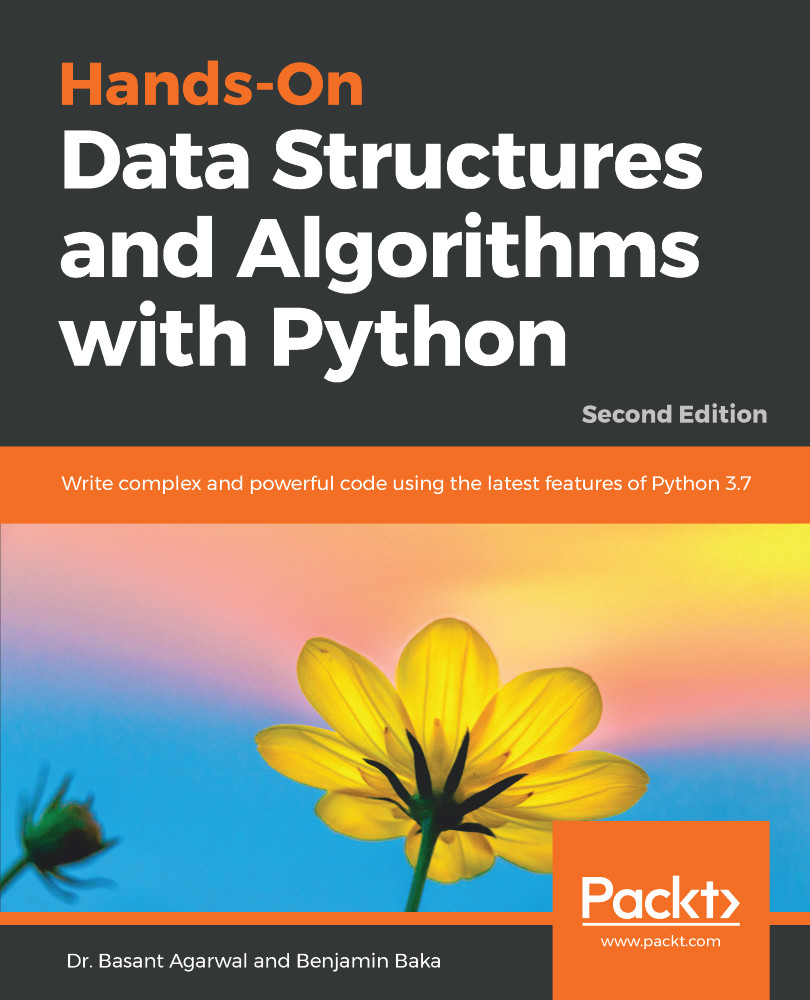We have discussed lists in Python, and these are convenient and powerful. Normally, most of the time, we use Python's built-in list implementation to store any data. However, in this chapter, we will be understanding how lists work and will be studying list internals.
Python's list implementation is quite powerful and can encompass several different use cases. The concept of a node is very important in lists. We shall discuss them in this chapter and will be referring to them throughout the book. Thus, we suggest readers study the content of this chapter carefully.
The focus of this chapter will be the following:
- Understanding pointers in Python
- Understanding the concept and implementation of nodes
- Implementing singly, doubly, and circularly linked lists



